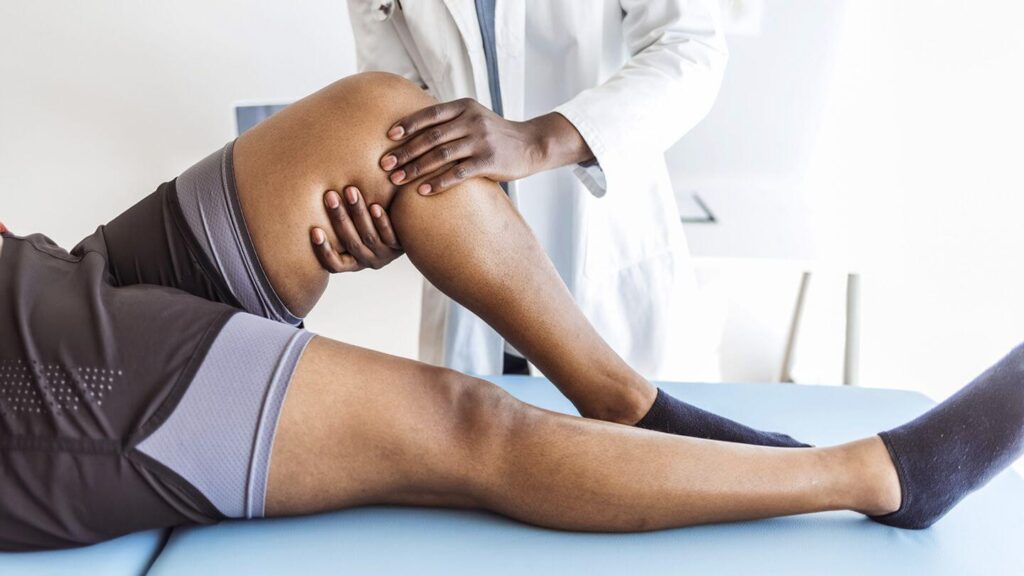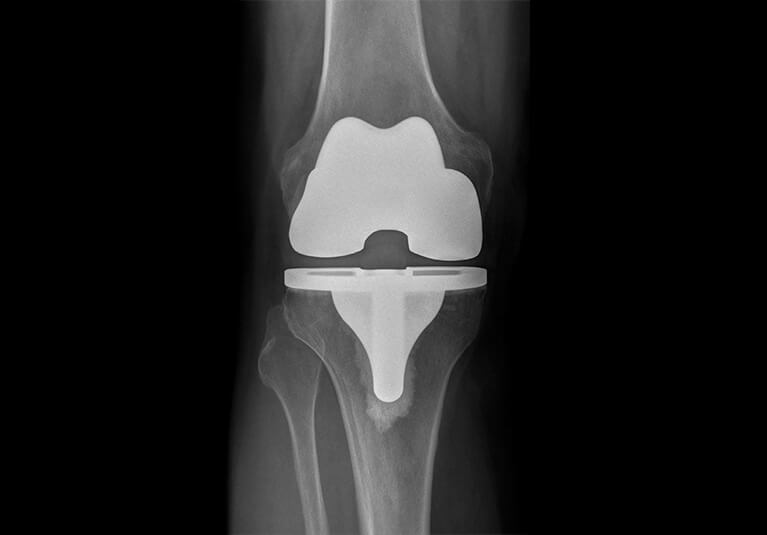Undergoing a total knee replacement is a significant milestone in the journey towards regaining mobility, alleviating pain, and improving one’s overall quality of life. This surgical procedure, often recommended for individuals with severe knee joint damage due to arthritis, injury, or other degenerative conditions, is a life-changing event that sets the stage for a more active and pain-free future. However, as with any major surgery, the recovery process can be challenging, with patients grappling with postoperative pain, swelling, and discomfort.
In the pursuit of comfort and relief, many patients wonder about the potential benefits and risks associated with using a heating pad after total knee replacement. While a heating pad may seem like a simple solution to soothe soreness, its application can be a subject of concern for both patients and healthcare professionals. To provide clarity and ensure the best possible outcome for your recovery, this article delves into the essential tips, do’s, and don’ts of using a heating pad post-total knee replacement. We’ll explore the nuances of this topic, considering the patient’s unique circumstances, the stage of recovery, and the professional guidance required to make informed decisions. Whether you’ve recently undergone this life-changing surgery or are considering it in the future, this article aims to be your trusted resource, helping you navigate the complexities of using a heating pad during the recovery process effectively. Let’s embark on this journey of understanding and healing together.
Understanding Total Knee Replacement Recovery
Before delving into the specifics of using a heating pad after total knee replacement, it’s essential to grasp the basics of the recovery process. Total knee replacement, also known as total knee arthroplasty, is a procedure in which a surgeon removes damaged knee joint surfaces and replaces them with artificial components made of metal and plastic. This intervention aims to restore functionality, reduce pain, and improve overall knee joint performance.
The recovery timeline following total knee replacement typically involves several stages, each with its own set of challenges and objectives. These stages can be broadly categorized as follows:
- Immediate Postoperative Phase: This phase takes place right after the surgery. Patients are closely monitored in the hospital, with a focus on pain management, swelling reduction, and early mobilization. In this initial stage, the priority is to ensure the surgical site heals correctly and that the patient remains comfortable.
- Inpatient Rehabilitation: Following the immediate postoperative phase, patients may stay in the hospital for a few days to continue their recovery under medical supervision. Physical therapy is initiated to help regain mobility and strength. Pain management strategies evolve, and surgical wound care remains a priority.
- Outpatient Rehabilitation: Once discharged from the hospital, patients continue their recovery through outpatient physical therapy sessions. The emphasis shifts towards restoring range of motion, strength, and function. Pain and swelling are still common issues at this stage.
- Long-Term Recovery: After several weeks, patients transition into long-term recovery, which may last for several months. This period focuses on achieving maximum function, reducing residual pain, and gradually returning to daily activities.
Throughout these stages, it is not uncommon for patients to experience discomfort, swelling, and stiffness. This is where the question of whether or not to use a heating pad becomes relevant.
The Role of Heating Pads in Knee Replacement Recovery
Heating pads are a popular choice for alleviating various types of musculoskeletal discomfort, including that associated with total knee replacement. Their application can offer several potential benefits, such as:
- Pain Relief: Heat therapy can help relax and soothe sore muscles, reducing the perception of pain.
- Increased Blood Flow: Heat promotes blood circulation, which can aid in reducing swelling and inflammation, a common concern after knee replacement surgery.
- Muscle Relaxation: By relaxing the muscles around the knee joint, a heating pad can help improve flexibility and ease stiffness.
However, it’s crucial to approach the use of heating pads with caution and under the guidance of a healthcare professional, as there are specific do’s and don’ts to consider.
The Do’s and Don’ts of Using a Heating Pad After Total Knee Replacement
To ensure the safe and effective use of a heating pad during knee replacement recovery, consider the following do’s and don’ts:
Do’s:
- Consult Your Healthcare Provider: Always seek guidance from your surgeon or physical therapist before using a heating pad. They can provide personalized recommendations based on your specific needs and stage of recovery.
- Use Low Heat Settings: Opt for low or warm settings on the heating pad to prevent burns or skin irritation. Avoid high temperatures that can damage the skin or artificial joint components.
- Limited Application Time: Limit your sessions to 15-20 minutes at a time. Prolonged exposure to heat can be counterproductive and lead to excessive swelling.
- Use a Protective Barrier: Place a cloth or towel between the heating pad and your skin to prevent direct contact, reducing the risk of burns.
Don’ts:
- Apply Heat to Fresh Incisions: Avoid using a heating pad on or near fresh surgical incisions. This can increase the risk of infection and hinder proper wound healing.
- Use Heat in the Immediate Postoperative Phase: During the first few days after surgery, the priority is to control swelling and prevent infection. Heat is generally not recommended during this phase.
- Overuse the Heating Pad: Using a heating pad for extended periods or too frequently can lead to adverse effects, such as skin burns or increased swelling.
- Disregard Pain Signals: While a heating pad can provide relief, it’s important not to ignore excessive pain or discomfort. If your pain worsens with heat application, discontinue its use and consult your healthcare provider.
In conclusion, using a heating pad after total knee replacement can be a valuable tool in managing discomfort and promoting healing. However, it should be approached with caution, adhering to the do’s and don’ts outlined above. Consulting with your healthcare provider is paramount, as they can provide individualized guidance tailored to your unique recovery journey. By following these guidelines, you can harness the potential benefits of a heating pad while safeguarding your postoperative progress.




